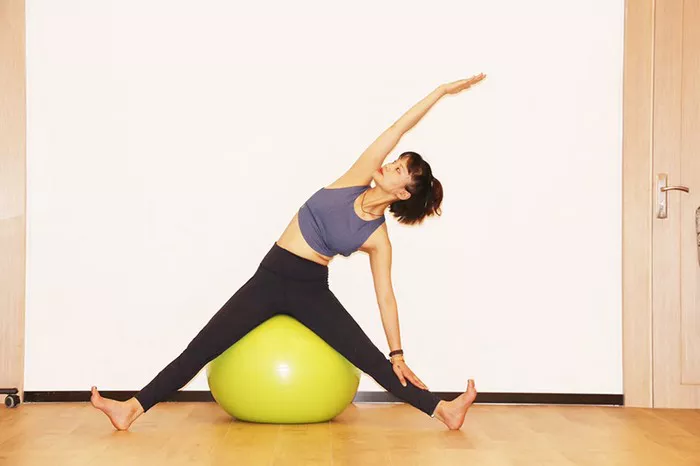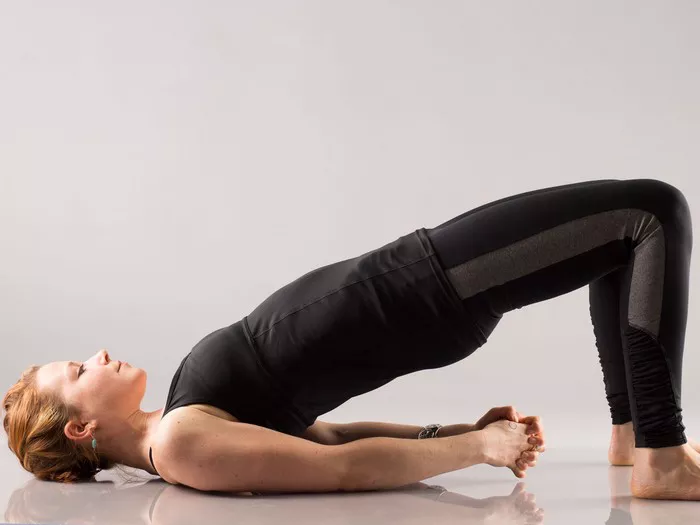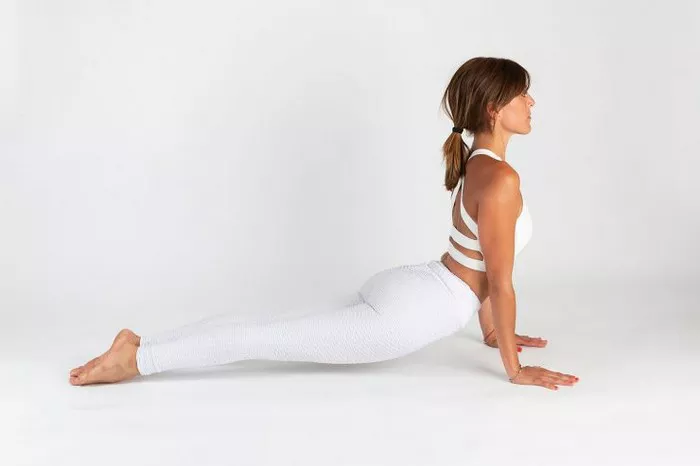In the realm of fitness and wellness, hot yoga and Pilates have emerged as two highly popular practices, each with its own unique benefits and appeal. Both disciplines focus on improving strength, flexibility, and mental well-being, but they do so through different methods and principles. This article delves into the intricacies of hot yoga and Pilates, comparing their origins, benefits, potential risks, and suitability for various fitness goals to help you determine which might be better for your individual needs.
Origins and Principles
Hot Yoga
Hot yoga, specifically Bikram yoga, was developed by Bikram Choudhury in the 1970s. It involves practicing a series of 26 postures and two breathing exercises in a room heated to approximately 105°F (40.6°C) with a humidity of 40%. The intense heat is intended to replicate the climate of India, where yoga originated, and is believed to aid in flexibility, detoxification, and overall physical conditioning.
The primary principles of hot yoga include:
Heat: The heated environment is thought to enhance flexibility, improve circulation, and promote detoxification through sweating.
Sequence: The fixed sequence of postures ensures a comprehensive workout targeting all major muscle groups and bodily systems.
Breath Control: Pranayama (breath control) exercises are integrated to improve respiratory function and focus.
Pilates
Pilates was developed by Joseph Pilates in the early 20th century. Initially called “Contrology,” this method emphasizes controlled movements, core strength, and alignment. Pilates exercises can be performed on a mat or using specialized equipment like the Reformer, Cadillac, and Wunda Chair.
The core principles of Pilates include:
Control: Emphasis on precision and control in movements to ensure effective muscle engagement and prevent injury.
Concentration: Focused attention on each movement and breath to enhance mind-body connection.
Centering: Strengthening the core (or “powerhouse”) to support overall physical stability and strength.
Flow: Smooth, continuous movements that promote efficiency and grace.
Precision: Attention to detail in each exercise to maximize effectiveness.
Breathing: Coordinated breathing patterns to facilitate proper oxygen flow and muscle engagement.
Benefits
Hot Yoga
Hot yoga offers a myriad of benefits, which can be attributed to the combination of heat and yoga postures:
Enhanced Flexibility: The heated environment allows muscles to stretch more easily, reducing the risk of injury and improving overall flexibility.
Detoxification: Sweating profusely helps expel toxins from the body, potentially leading to clearer skin and improved organ function.
Cardiovascular Health: The intensity of the practice increases heart rate, providing a cardiovascular workout that can enhance heart health and endurance.
Weight Loss: The high temperature and vigorous nature of the practice can contribute to increased calorie burn and weight loss.
Stress Relief: Like other forms of yoga, hot yoga incorporates mindfulness and breath control, which can reduce stress and promote mental clarity.
Muscle Tone and Strength: The series of postures targets various muscle groups, helping to build and tone muscles.
See Also: Should You Wear Socks in Hot Yoga?
Pilates
Pilates is renowned for its comprehensive approach to physical conditioning, offering numerous benefits:
Core Strength: Pilates is unparalleled in its ability to strengthen the deep abdominal muscles, which support posture and spinal health.
Improved Posture: Emphasis on alignment and core strength helps improve overall posture and reduce back pain.
Flexibility and Balance: Controlled movements enhance flexibility and balance, reducing the risk of falls and injuries.
Rehabilitation: Pilates is often used in physical therapy settings due to its low-impact nature and focus on controlled movements, making it ideal for rehabilitation from injury.
Mental Focus: The concentration required in Pilates helps improve mental clarity and focus.
Muscle Tone: Pilates tones muscles without adding bulk, leading to a leaner, more sculpted physique.
Risks and Considerations
Hot Yoga
Despite its benefits, hot yoga also comes with potential risks, especially for certain individuals:
Dehydration: The intense heat and excessive sweating can lead to dehydration if proper hydration is not maintained.
Heat Exhaustion: Practicing in such high temperatures can cause heat exhaustion or heat stroke, particularly in those who are not acclimated to the heat.
Joint and Muscle Strain: The increased flexibility in a heated environment can sometimes lead to overstretching and injuries.
Pre-existing Conditions: Individuals with cardiovascular issues, respiratory problems, or heat sensitivity should consult a healthcare professional before attempting hot yoga.
Pilates
While Pilates is generally considered safe, it also has some considerations to keep in mind:
Technique Sensitivity: The effectiveness of Pilates depends heavily on proper technique. Poor form can lead to ineffective workouts or injury.
Equipment Use: When using Pilates equipment, proper instruction and supervision are crucial to avoid accidents and injuries.
Physical Limitations: Individuals with certain physical limitations or severe injuries may need modifications to standard Pilates exercises, which should be guided by a qualified instructor.
Suitability for Different Fitness Goals
Weight Loss
Both hot yoga and Pilates can aid in weight loss, but they do so in different ways:
Hot Yoga: The high-intensity nature and cardiovascular component of hot yoga can result in significant calorie burn. The added heat also boosts metabolism and can aid in faster weight loss.
Pilates: While not as high-intensity as hot yoga, Pilates helps build lean muscle mass, which can increase resting metabolic rate and contribute to gradual, sustainable weight loss.
Flexibility
Both disciplines enhance flexibility, but hot yoga has a slight edge due to the heated environment:
Hot Yoga: The heat allows for deeper stretching, making it easier to improve flexibility.
Pilates: Focuses on controlled, precise movements that gradually improve flexibility over time.
Core Strength
Pilates is renowned for its focus on core strength:
Hot Yoga: While it does strengthen the core, it is not the primary focus of the practice.
Pilates: The entire system is designed around strengthening the core muscles, making it the superior choice for core conditioning.
Stress Relief and Mental Well-being
Both practices offer mental health benefits, but they approach it differently:
Hot Yoga: The intense focus required to perform in the heat, combined with the mindfulness aspects of yoga, provides substantial stress relief and mental clarity.
Pilates: The concentration on precise movements and breath control promotes mental focus and reduces stress.
Rehabilitation and Low-Impact Exercise
Pilates is often the preferred choice for rehabilitation and low-impact exercise:
Hot Yoga: The high heat and intensity may not be suitable for individuals recovering from injury or those seeking low-impact exercise.
Pilates: Its low-impact nature and focus on controlled movements make it ideal for rehabilitation and individuals with joint issues or injuries.
Choosing Between Hot Yoga and Pilates
The decision between hot yoga and Pilates ultimately depends on individual preferences, fitness goals, and physical condition. Here are some factors to consider:
Personal Preferences: If you enjoy a challenging, sweat-inducing workout, hot yoga might be more appealing. If you prefer a more controlled, precision-focused exercise, Pilates could be the better option.
Fitness Goals: Consider what you aim to achieve with your fitness routine. For weight loss and cardiovascular benefits, hot yoga may be more effective. For core strength, posture improvement, and rehabilitation, Pilates is likely the superior choice.
Physical Condition: Assess any pre-existing conditions or physical limitations. Individuals with heat sensitivity or cardiovascular issues may find Pilates to be a safer option. Those looking for a more intense workout might prefer hot yoga.
Availability and Accessibility: Consider the availability of classes and qualified instructors in your area. Both practices benefit significantly from professional guidance to ensure proper technique and safety.
Combining Hot Yoga and Pilates
For those who find it difficult to choose between the two, combining hot yoga and Pilates can offer a well-rounded fitness routine. Integrating both practices can provide the cardiovascular and flexibility benefits of hot yoga with the core strength and precision of Pilates. Many fitness enthusiasts find that alternating between hot yoga and Pilates helps them achieve a balanced and comprehensive workout regimen.
Sample Weekly Routine
Here’s a sample weekly routine that incorporates both hot yoga and Pilates:
- Monday: Hot Yoga – Focus on flexibility and detoxification.
- Tuesday: Pilates – Emphasize core strength and alignment.
- Wednesday: Rest or light activity (e.g., walking, stretching).
- Thursday: Hot Yoga – Cardiovascular workout and muscle toning.
- Friday: Pilates – Low-impact exercise and muscle rehabilitation.
- Saturday: Hot Yoga – Intense workout for calorie burn and endurance.
- Sunday: Rest or light activity.
Conclusion
Hot yoga and Pilates each offer unique benefits that cater to different aspects of physical fitness and mental well-being. Hot yoga provides an intense, sweat-inducing workout that enhances flexibility, cardiovascular health, and detoxification. Pilates, on the other hand, emphasizes controlled, precise movements that strengthen the core, improve posture, and support rehabilitation.
Ultimately, the choice between hot yoga and Pilates depends on individual preferences, fitness goals, and physical conditions. For those looking to maximize their fitness routine, incorporating both practices can provide a comprehensive approach that addresses strength, flexibility, mental focus, and overall health.




















